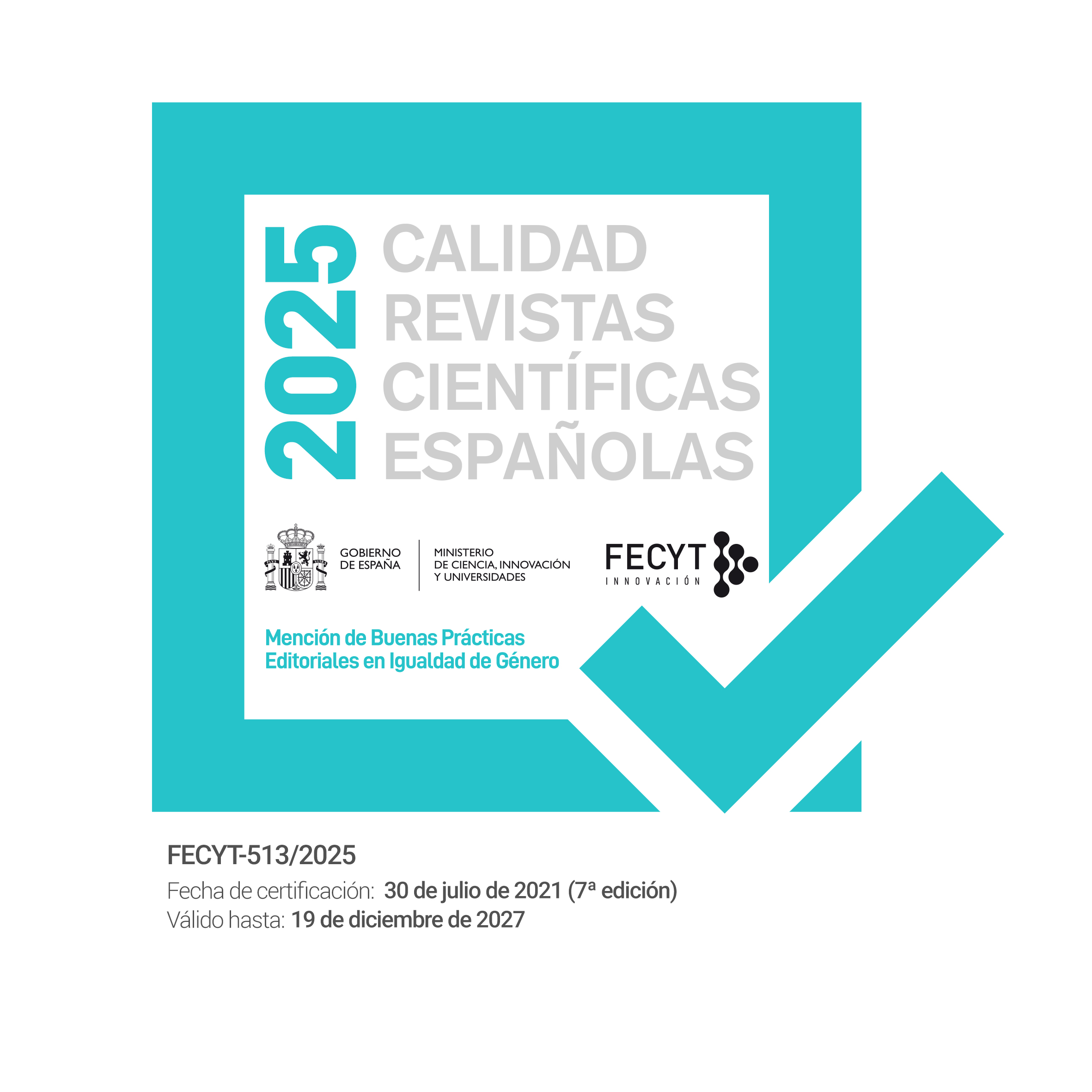LA MATERIA DE HISTORIA DE LA MÚSICA Y DE LA DANZA EN EL BACHILLERATO: UN ENFOQUE DESDE LA TEORÍA DE LOS ESTILOS DE APRENDIZAJE DE ALONSO, GALLEGO Y HONEY
DOI:
https://doi.org/10.55777/rea.v6i11.981Keywords:
Estilos de Aprendizaje, Estrategias de enseñanza-aprendizaje, Recursos Didácticos, Aprender a aprender, Creatividad, Inteligencia Emocional, Historia de la Música y de la DanzaAbstract
Resumen: En este artículo se realiza una propuesta didáctica para la materia de Historia de la Música y de la Danza en Bachillerato según los Estilos de Aprendizaje de Alonso, Gallego y Honey. Se describe el concepto de “Estilos de Aprendizaje” y se proponen las Estrategias de enseñanza-aprendizaje más adecuadas para llevar a cabo una enseñanza personalizada, atendiendo a la diversidad del alumnado, mediante la elaboración de una serie de recursos didácticos y materiales que respondan a las necesidades de la actual Sociedad del Conocimiento en la que vivimos, donde aprender a aprender, la creatividad y las habilidades de la inteligencia emocional juegan un papel de capital importancia. Se ha empleado una metodología constructivista-cualitativa, con un enfoque holístico, inductivo e idiográfico, con el propósito de conocer y comprender la realidad educativa en la actualidad, mediante una visión más flexible, personal y que admite la influencia de los valores.
THE SUBJECT ‘THE HISTORY OF MUSIC AND DANCE’ IN SIXTH FORM: AN APPROACH BASED ON ALONSO, GALLEGO AND HONEY’S THEORY OF LEARNING STYLES
Abstract: In this paper, a didactic proposal based on Alonso, Gallego and Honey’s Learning Styles is made for the subject: The History of Music and Dance. The concept of Learning Styles is described and the most appropriate Teaching and Learning Strategies are proposed in order to carry out a personalized education, that attends to student diversity through the development of a series of teaching resources and materials that responds to the needs of the Knowledge Society in which we live, where learning to learn, creativity and abilities in emotional intelligence play a major role. A constructivist-qualitative methodology has been employed, with a holistic, inductive and idiographic approach, with the purpose of finding out about and understanding the current educational reality through a more flexible and personal vision that admits the influence of values.
Downloads
Downloads
Published
How to Cite
Issue
Section
License
By submitting the original, the author(s) declare that they are aware of and accept, in full, the privacy policy as well as the copyright of the Learning Styles Magazine.
The Learning Styles Magazine offers free and open access to its content, completely free of charge, in order to bring scientific research to its readers and society in general. All digital contents are free and open access and are published under a Creative Commons license:

Rights are granted under the Creative Commons Reconocimiento-NoComercial-SinObraDerivada 4.0 Internacional (CC-BY-NC-ND 4.0)
The Learning Styles Magazine is an open access journal. Publication of articles or reviews in the Journal does not entitle you to any remuneration. For authors as well as readers, the journal is free Creative Commons Reconocimiento-NoComercial-SinObraDerivada 4.0 Internacional (CC-BY-NC-ND 4.0).
With this licence, the reproduction and dissemination of the contents of the magazine for educational, social and knowledge transmission purposes is permitted, without any profit motive in mind, provided that the source and authorship are not modified. The licence granted to Learning Styles Magazine allows the copying and distribution of the magazine's contents, as long as the authorship of the work is recognised, correctly specifying the author and the publishing entity. The work may not be used for commercial purposes, nor may it be altered, transformed or generated from this work.
The publication of articles or reviews in the Journal does not give the right to any remuneration.
The Learning Styles Journal invites the author/authors to increase the visibility and scope of their articles published by re-disseminating them in:
- Web spaces and personal networks, as well as in scientific meetings and forums
- Open institutional archives in Universities, educational repositories and Research Centres.
- Academic and scientific networks (Researchgate, Academia.edu, Plubons, etc.)
All these spaces and publications must include all the bibliographic data of the publication.
























